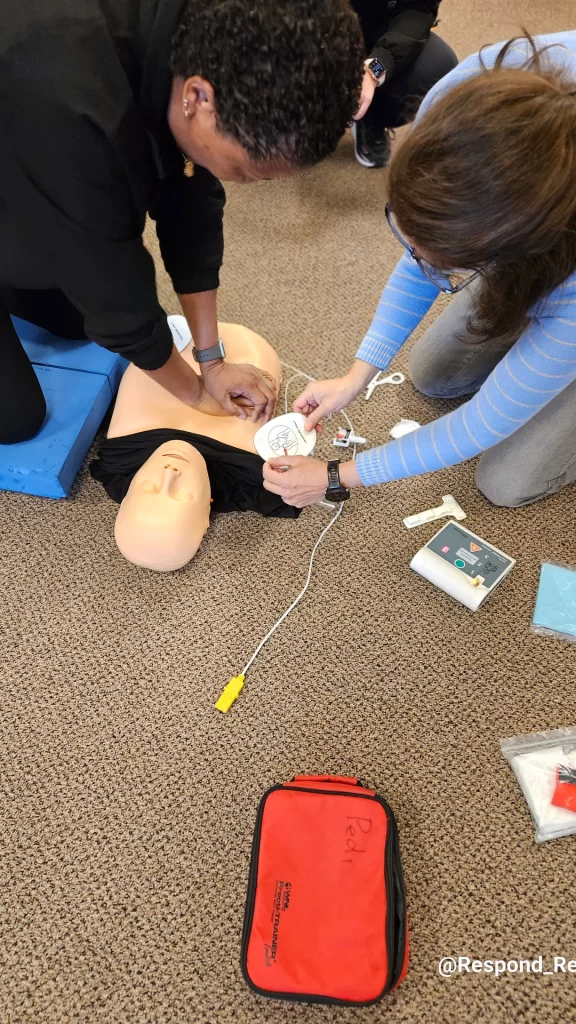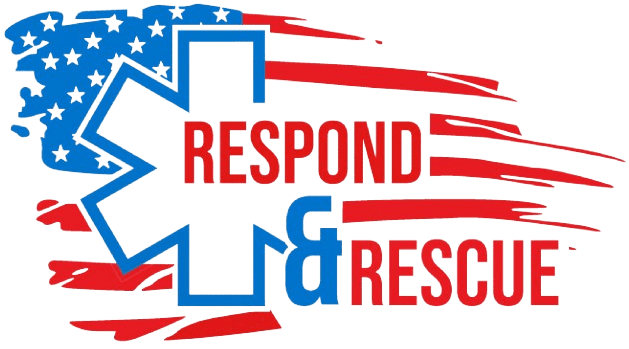The Role of First Aid in Community Safety in 2025
As we step into 2025, it’s a perfect time to reflect on how we can make our communities safer and more resilient. One of the most impactful ways we can do this is through first aid preparedness. Whether it’s in schools, workplaces, or neighborhoods, knowing how to respond to an emergency can save lives and provide comfort during crises. Here’s why first aid training is crucial for community safety and how everyone can contribute to creating a safer environment in the New Year.
The Importance of First Aid in Community Safety
Accidents and medical emergencies can happen at any time and in any place. Responding effectively in those moments can make all the difference between life and death or between full recovery and long-term complications. For communities, this means that having people trained in first aid can drastically improve the overall safety of everyone involved.
1. How First Aid Training Improves Safety in Schools, Workplaces, and Neighborhoods

Schools are busy places where children and staff are often on the move. From sports activities to playground games, accidents are inevitable. Schools with first-aid preparedness programs ensure that teachers, staff, and students have the knowledge and confidence to act when an emergency arises.
By having certified first aid responders on-site, schools are not only creating a safer environment but also setting a positive example for young students about the importance of health and safety. Regular first aid training sessions for teachers and students can ensure that everyone knows how to respond to situations like cuts, burns, asthma attacks, or even more serious events such as seizures or choking.
Those in Fairfax County can learn more about available certifications and training programs here.
2. Building Safe Workplaces
Workplaces, whether large or small, can be unpredictable environments. Businesses must be prepared to respond quickly and efficiently, from office injuries like paper cuts or slips to more serious accidents like falls or heart attacks. A workplace that invests in employee first aid training sends a message that it values safety and well-being.
Companies can contribute to community safety by ensuring their staff are trained in first aid and CPR. This helps protect employees’ health and ensures that people in nearby businesses or public spaces receive timely help in case of an emergency. First aid kits should be accessible, and training should be frequent enough to keep skills current.
You can find more on workplace first aid training on our training calendar.
3. Empowering Communities with Life-Saving Skills
Communities are made up of neighbors who look out for one another. First aid training at the community level can bring people together meaningfully, as neighbors help neighbors during times of crisis. Whether providing first aid for a child who fell off their bike or responding to a car accident on the street, community members equipped with first aid knowledge create a safety net that everyone can rely on.
Neighborhood organizations can help by offering first aid workshops and encouraging residents to take courses. When trained in basic first aid and CPR, they can act as first responders until professional medical help arrives. This is especially important in emergencies where time is critical, and every second counts.
For more on community classes, check out our training calendar.
4. Promoting a Culture of Preparedness
A culture of preparedness doesn’t just happen overnight—it requires collective effort. Encouraging first aid training throughout the community can establish a sense of readiness for emergencies. From local government initiatives to grassroots organizations, communities can promote first aid by:
- Hosting community-wide first aid courses
- Partnering with local health organizations to offer discounted or free classes
- Ensuring that all public spaces, like parks and recreational centers, are equipped with accessible first-aid kits
- Promoting first aid knowledge through local events and social media platforms
5. Training for Everyone: How You Can Contribute
Whether you’re a school teacher, a business owner, or a concerned neighbor, there are simple ways you can contribute to community safety in 2025. Here are some steps you can take:
- Get Certified: The first step is to invest in your training. Become certified in CPR, basic first aid, or advanced life-saving skills like BLS (Basic Life Support). Doing this will make you feel more confident and ready to assist.
- Encourage Others to Learn: Spread the word about first aid courses in your community. Whether it’s your workplace or your neighborhood, make sure others know how important it is to have these skills and encourage them to take a course.
- Support Community Programs: Partner with local organizations to fund or promote first aid training programs. Offer your expertise or sponsor a class to make it accessible to a broader audience.
- Prepare Your Environment: Ensure that places like your home, workplace, or local sports field have basic first aid supplies. Regularly check these kits and ensure they’re fully stocked and accessible to everyone.
To find upcoming first-aid training opportunities, visit our training calendar.
Conclusion
As we look ahead to 2025, the role of first aid in community safety has never been more critical. By prioritizing first aid training in schools, workplaces, and neighborhoods, we can create a culture of preparedness that saves lives and strengthens the bonds within our communities. We can build a safer, healthier, and more resilient future. Make this the year you take action—start by getting certified in first aid and encourage those around you to do the same.
